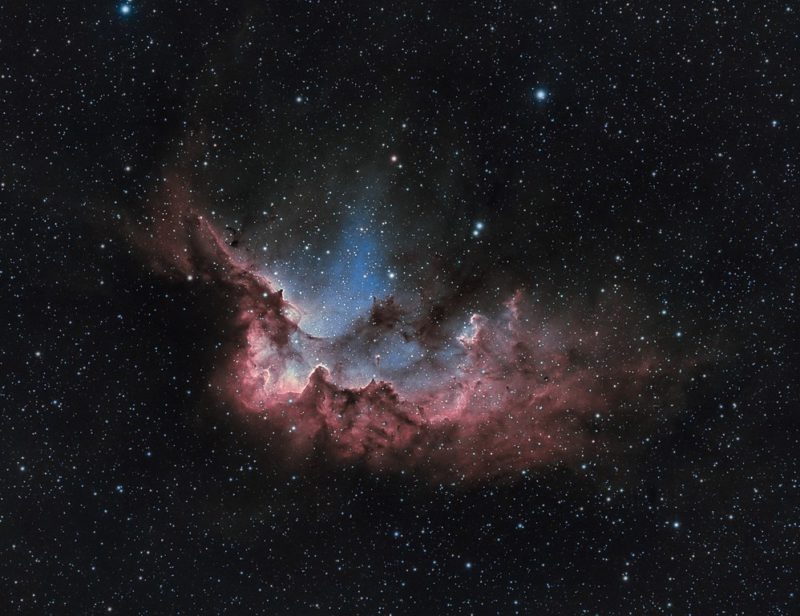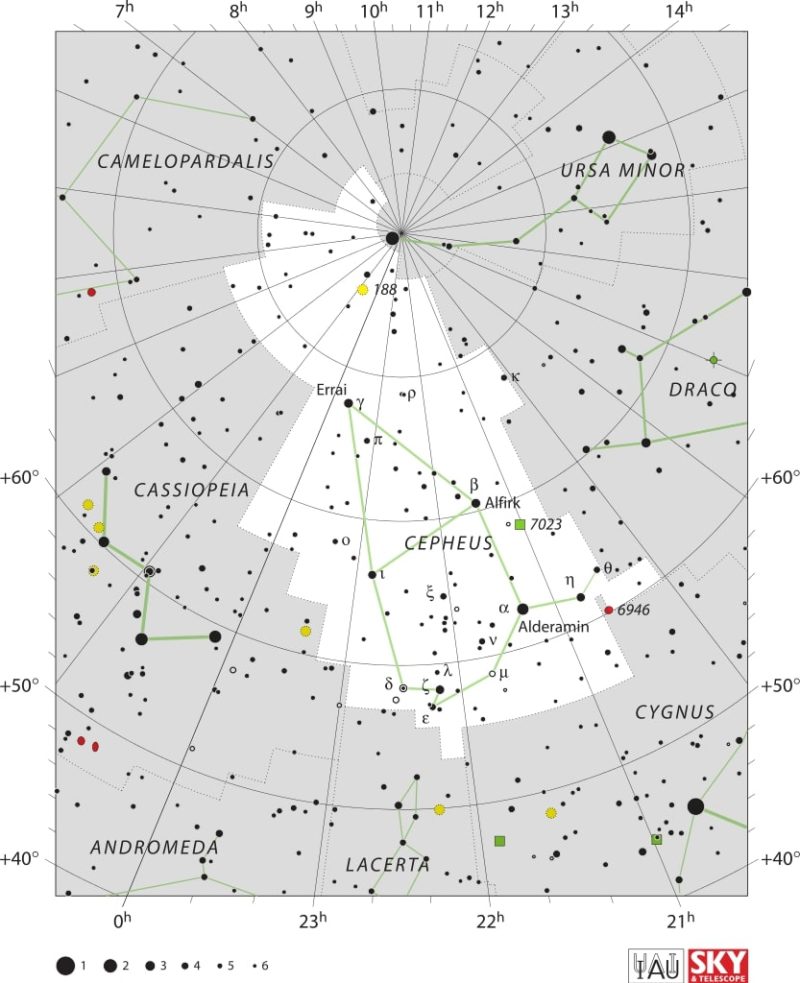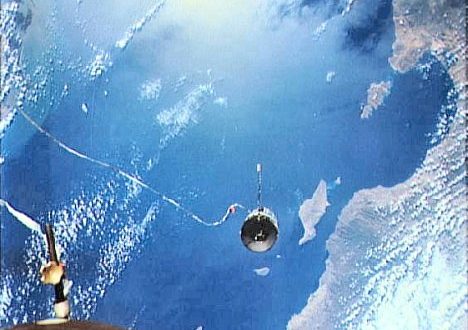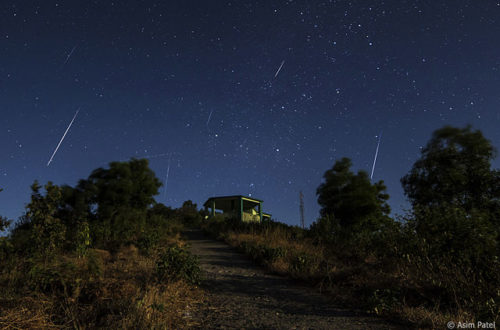NGC 7380: The Spellbinding Charms of the Wizard Nebula

The NGC 7380, also known as the Wizard Nebula, is a spectacular celestial wonder that has captivated astronomers and stargazers alike for years. Its striking appearance, resembling a wizard holding a staff, has earned it its popular name.
In this article, we will delve into the alluring charms of the NGC 7380 and explore what makes it such an enchanting sight to witness.
NGC 7380 Location
The Wizard Nebula is a stunningly beautiful and fascinating astronomical object located in the constellation of Cepheus about 7,000 light-years from Earth in the Perseus Arm of the Milky Way. It spans about 20 light-years with an elongated shape and an extended tail.

Open Star Cluster or Nebula?
Actually both! NGC 7380 is an open star cluster surrounded by a H II region, which is a molecular cloud of interstellar atomic hydrogen that is ionized. Those clouds of gas and dust are what’s visible as a nebula. The cluster is composed of young stars estimated to be between 4 and 11.9 million years old.
Exploring its Magnificent Structure and Colorful Appearance
NGC 7380, also known as the Wizard Nebula, is a mesmerizing masterpiece of the universe. Its magnificent structure and colorful appearance make it a fascinating subject for astronomers and space enthusiasts alike.
The nebula is composed of a cluster of stars, which illuminate the gas and dust clouds surrounding them, creating a stunning display of hues ranging from deep reds to vibrant blues and greens. The intricate details of the nebula’s structure are visible in high-resolution images, revealing ornate filaments and swirls of gas and dust.
Its unique shape, resembling a wizard casting a spell, adds to its mystical allure. It is truly a wonder of the universe, and its intricate structure and vibrant colors continue to captivate and inspire us.
An Overview of Its History and Discovery
The nebula was first observed by Caroline Herschel in 1787, and later cataloged by her brother William Herschel. Over the years, scientists have delved deeper into the history of NGC 7380, studying its evolution and formation. It has been included in the Sharpless catalog under the designation of Sh2-142. Today, NGC 7380 remains a popular target for amateur astronomers and astrophotographers due to its vivid colors and unique shape.
Conclusion
NGC 7380, also known as the Wizard Nebula, offers a captivating charm and mystical presence that has fascinated astronomers and stargazers alike for centuries. The nebula’s unique structure and colorful appearance make it a stunning sight to behold, especially when viewed through different mediums of artistic expression.
Despite its discovery in the late 18th century, NGC 7380 continues to amaze and inspire astronomers with its unusual position in space and its fascinating history. The nebula’s alluring charms are truly spellbinding, and it is no wonder that it continues to be a popular subject of study and artistic interpretation. From its intricate details to its sweeping beauty, NGC 7380 is a true wonder of the cosmos that leaves a lasting impression on all who witness its magnificence.
Would you like to receive similar articles by email?





